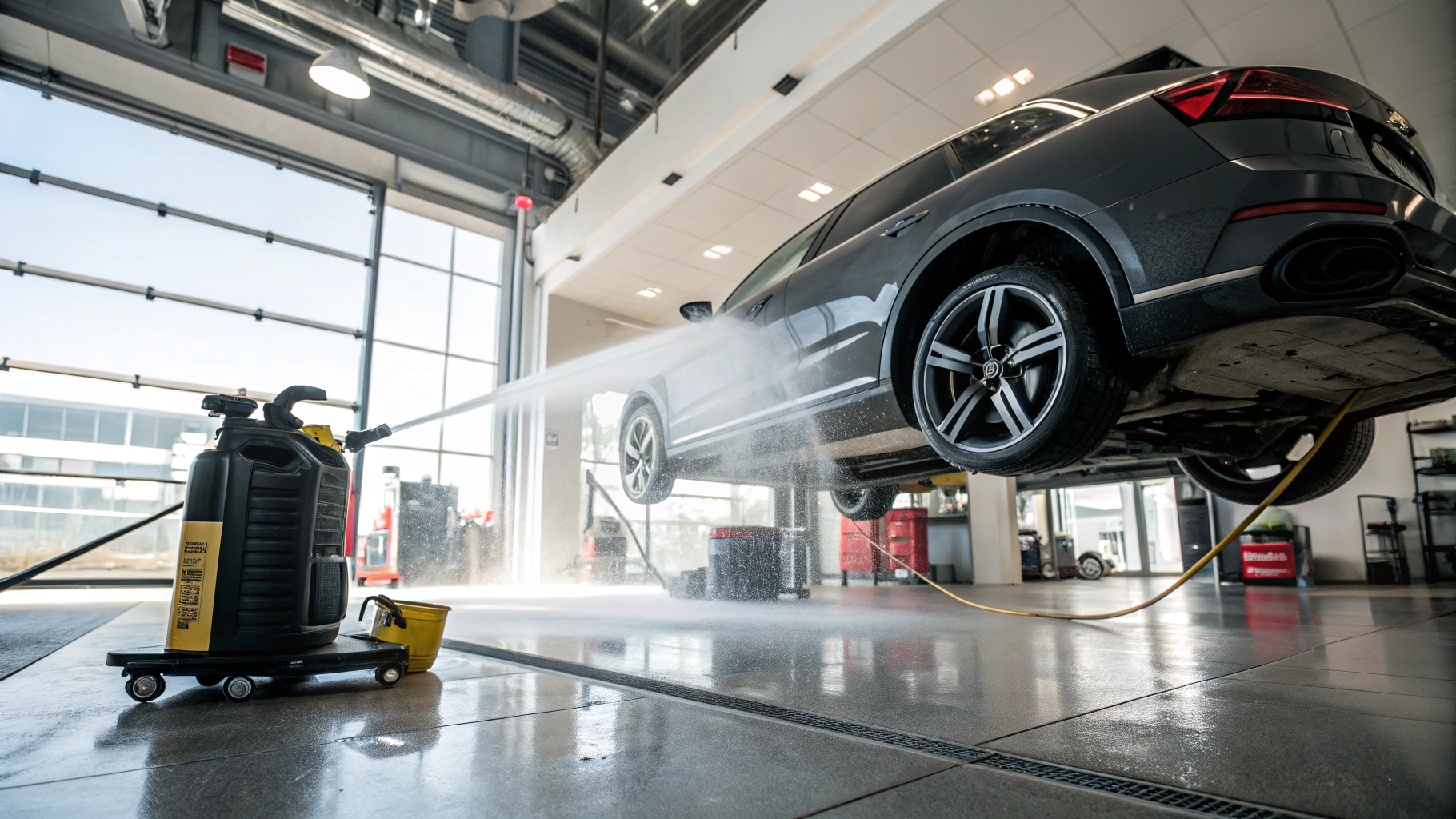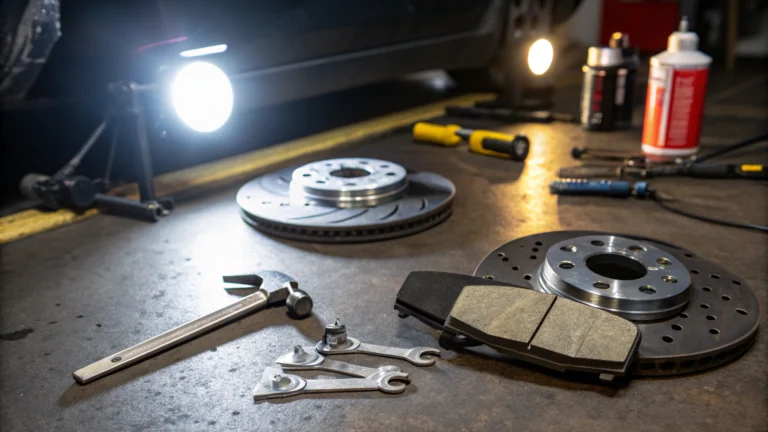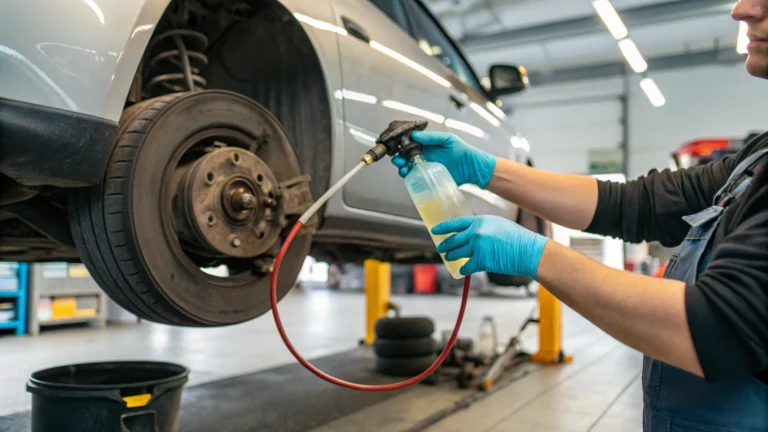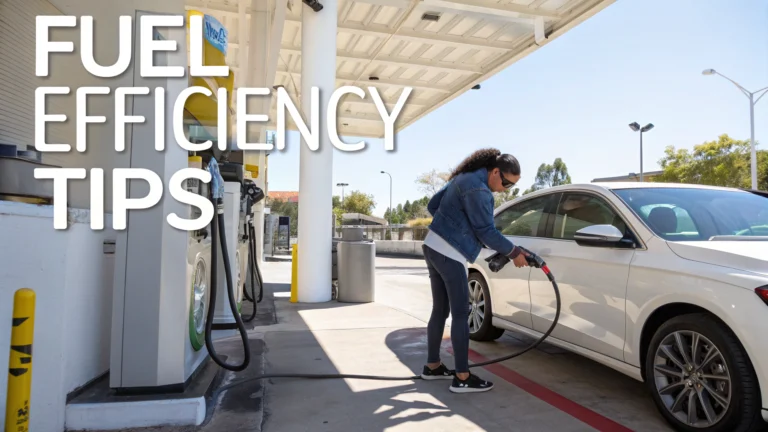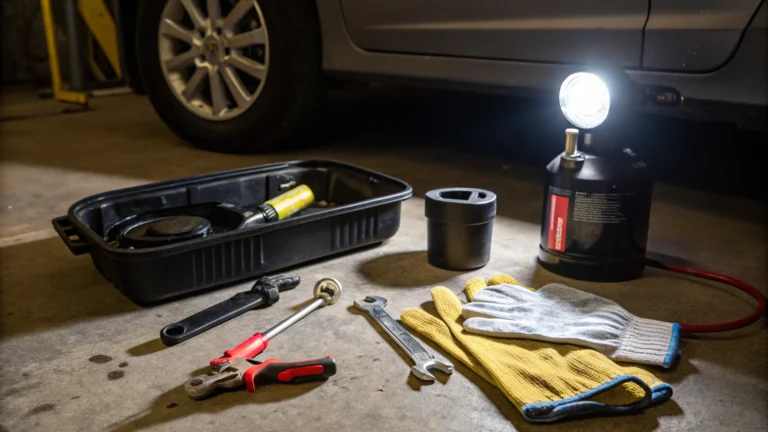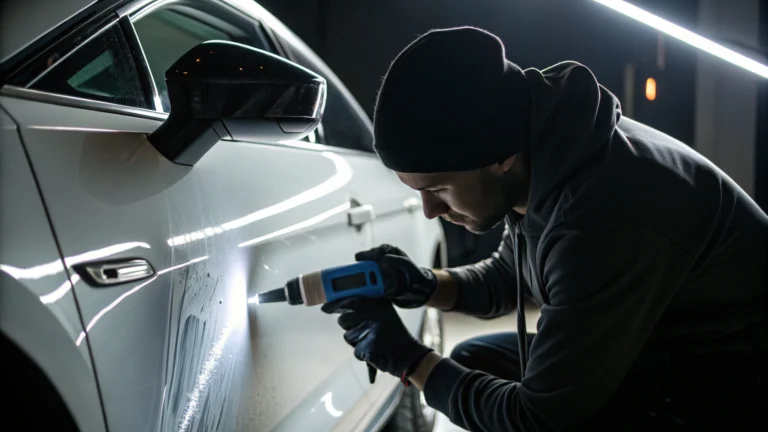Preventing Road Salt Rust: Essential Tips for Lasting Protection
Table of Contents
Winter can be a tough season for vehicles, especially with the widespread use of road salt. Learning how to effectively manage and prevent road salt rust is crucial for maintaining your car’s longevity and ensuring its optimal performance.
Preventing road salt rust not only preserves the aesthetic appeal of your vehicle but also safeguards its structural integrity. This comprehensive guide delves into the importance of protection and offers proven strategies to keep your vehicle rust-free.
Preventing Road Salt Rust: Why It Matters
Road salt (typically sodium chloride or calcium chloride) creates an electrolyte solution when mixed with water, accelerating the oxidation process that leads to rust. This corrosive mixture finds its way into every nook and cranny of your vehicle, with the undercarriage being particularly vulnerable. The effects aren’t just cosmetic—rust can compromise structural integrity and safety systems over time.
Modern vehicles incorporate better rust prevention than models from decades past, but no car is completely immune to road salt damage. The harsh reality is that road salt effects can begin within hours of exposure, making immediate and consistent protection essential during winter months.
Salt damage typically starts in hidden areas where moisture collects and can’t easily dry out. Frame rails, brake lines, exhaust systems, and suspension components are particularly susceptible. Once rust takes hold, it spreads aggressively, making prevention far more effective than remediation.
Rust Protection Tips for Winter
Protecting your vehicle from road salt requires a multi-faceted approach. Here are some proven strategies for preventing road salt rust that you can implement before winter weather hits:
Regular Washing and Undercarriage Cleaning
Perhaps the most effective preventive measure is also the simplest: wash your vehicle regularly throughout winter. Focus particularly on thoroughly rinsing the undercarriage where road salt accumulates most heavily. Many car washes offer undercarriage spray options specifically designed for salt removal.
For optimal protection, aim to wash your vehicle within a few days of exposure to road salt. Choose days when temperatures are above freezing to prevent doors and locks from freezing shut, and ensure your vehicle has time to dry completely before nightfall.
Car Undercoating Solutions
Applying protective undercoating is among the most effective long-term strategies for preventing road salt rust. Professional-grade undercoating creates a barrier between metal surfaces and corrosive elements. Options include:
– Oil-based undercoatings that penetrate and protect hard-to-reach areas
– Rubberized undercoatings that provide thick, durable protection
– Wax-based products that offer good salt resistance with annual reapplication
The best time to apply undercoating is before winter begins, but mid-season application can still provide substantial benefits. While DIY kits are available, professional application often ensures more complete coverage, especially in hard-to-reach areas.
Rust Prevention Products for External Surfaces
Beyond undercarriage protection, consider these additional rust prevention products that offer protection for exposed metal surfaces:
– Ceramic coatings provide excellent salt resistance while enhancing your vehicle’s appearance
– Rust inhibitors can be sprayed into door panels, rocker panels, and other enclosed areas
– Protective waxes create a barrier on painted surfaces
Weathertech vs Husky Liners: Best Floor Mat Battle Revealed
When selecting rust prevention products, look for formulations specifically designed for salt resistance. The initial investment in quality products pays dividends through extended vehicle life and preserved resale value.
Interior Protection Strategies
Salt doesn’t just damage exteriors—it can be tracked inside on shoes and clothing, potentially causing interior rust and electrical issues. Use these strategies to minimize interior salt exposure:
– Install high-quality floor mats designed for winter use
– Regularly vacuum and clean interior surfaces
– Consider applying fabric protectant to upholstery
Best Practices for Winter Vehicle Maintenance
Preventing road salt rust requires consistent maintenance throughout the winter season. Integrate these practices into your routine for maximum protection:
Optimal Washing Frequency and Techniques
During periods of heavy salt use, washing your vehicle weekly is ideal. When temperatures drop below freezing for extended periods, take advantage of any warm days or use heated indoor car washes. Pay special attention to wheel wells, rocker panels, and the area behind splash guards where salt accumulates.
When washing at home, use a pressure washer with an undercarriage attachment if possible. Start from the bottom and work upward to prevent salt residue from flowing down onto already-cleaned surfaces. After washing, drive slowly for a short distance with gentle brake application to help dry brake components.
Addressing Existing Rust Promptly
Despite best prevention efforts, you might discover small rust spots beginning to form. Addressing these immediately prevents spreading:
1. Sand the affected area down to bare metal
2. Apply a quality rust converter to neutralize any remaining oxidation
3. Prime the surface with a rust-inhibiting primer
4. Apply matching touch-up paint
5. Seal with a clear protective coat
For significant rust issues, especially those affecting structural components, professional assessment is recommended to ensure safety isn’t compromised.
Seasonal Transition Maintenance
As winter ends, perform these important steps to address any salt accumulation and prevent off-season corrosion:
– Schedule a thorough detailing with special attention to undercarriage cleaning
– Inspect for any developing rust spots and address them promptly
– Consider a fresh application of protective coatings
– Have a mechanic inspect brake lines, fuel lines, and exhaust components for salt damage
Preventing road salt rust requires consistency and attention to detail, but the effort translates directly into extended vehicle life and reduced repair costs. By implementing these protective measures before and during winter, you’ll maintain both your vehicle’s appearance and its structural integrity for years to come.
AWD vs 4WD for Snow: Best Choice for Safer Winter Driving
Remember that different regions use varying amounts and types of road salt. In areas with heavy salt usage, you may need to increase the frequency of washing and protection. With the right approach to preventing road salt rust, even vehicles in the harshest winter environments can remain corrosion-free through many seasons.
As an Amazon Associate we earn from qualifying purchases.
Shop Related Products:
- Find car covers on Amazon
- Find rust remover on Amazon
- Find undercoating spray on Amazon
- Find car wash soap on Amazon
- Find ceramic coating on Amazon
Frequently Asked Questions
How do I protect my car from road salt damage?
Regularly wash your vehicle, especially the undercarriage, and apply rust protection coatings.
What products help prevent rust from road salt?
Options include undercoatings, rust inhibitors, and ceramic coatings.
How often should I wash my car in the winter?
Ideally once a week or after exposure to heavy road salt.
